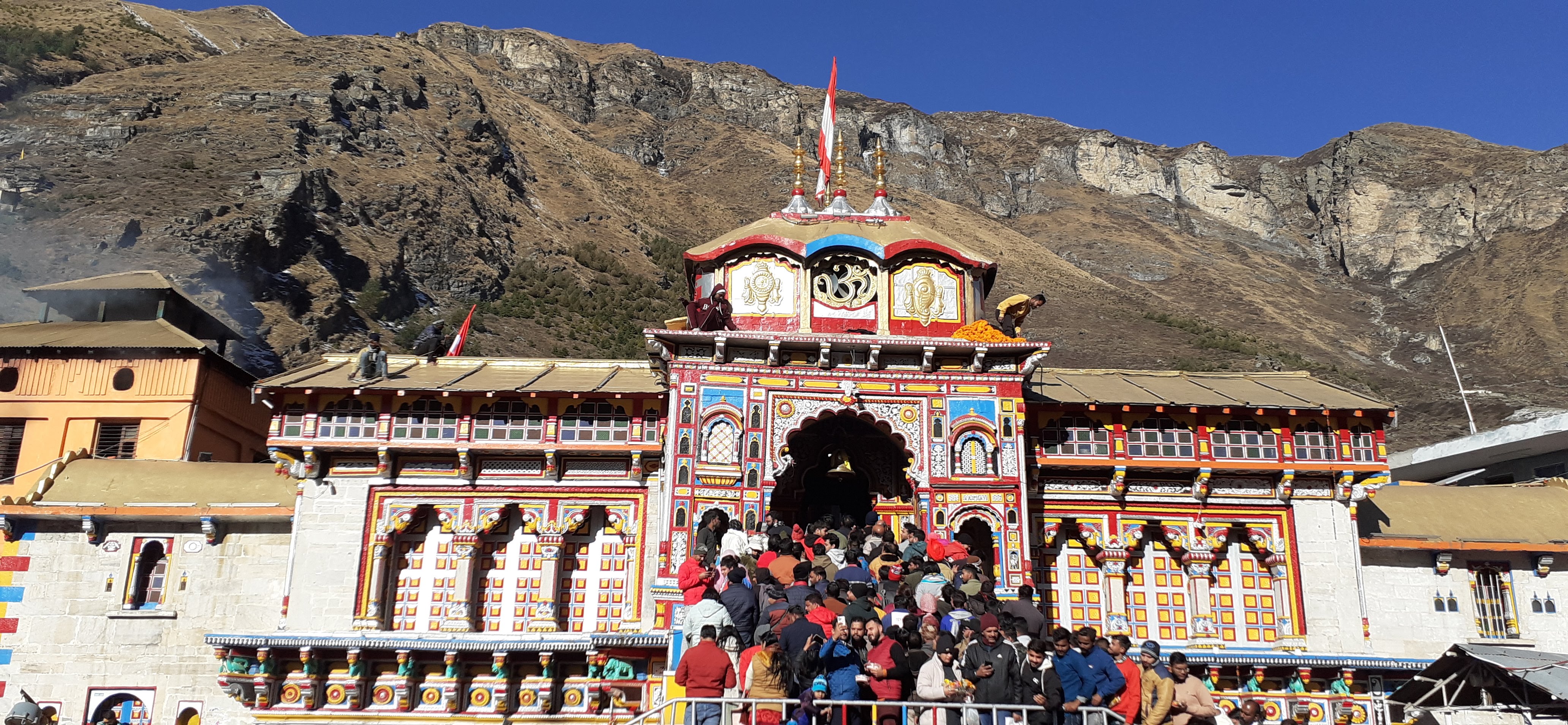

Badrinath Dham is one of the most sacred and revered pilgrimage sites in India, located in the Chamoli district of Uttarakhand. Nestled in the lap of the majestic Himalayas, this holy site is dedicated to Lord Vishnu, who is worshipped here as Badrinarayan. Badrinath is part of the Char Dham Yatra, which includes Kedarnath, Gangotri, and Yamunotri, and is also one of the 108 Divya Desams revered in Vaishnavism.
Badrinath Dham holds a special place in Hindu mythology and history. According to legend, Lord Vishnu meditated here under a Badri tree (Indian jujube), shielding himself from harsh weather. Goddess Lakshmi, his consort, is believed to have transformed into a Badri tree to protect him.
The temple is also associated with Adi Shankaracharya, who re-established it in the 8th century. He discovered a black stone idol of Lord Vishnu in the Alaknanda River and enshrined it in the temple, making it a key pilgrimage destination for Hindus.
Badrinath Temple is situated at an altitude of 3,133 meters (10,279 feet) above sea level, along the banks of the Alaknanda River. Surrounded by the Nar and Narayan Mountain ranges, and with the Neelkanth Peak in the backdrop, the location exudes spiritual tranquility and breathtaking natural beauty.
The Badrinath Temple showcases a blend of traditional North Indian architecture and Buddhist influences. The temple has a colorful façade, and a conical roof covered with a gold-plated dome. Its sanctum houses the 1-meter-tall black stone idol of Lord Vishnu in a meditative pose, flanked by other deities like Nar and Narayan.
Badrinath is part of the Char Dham Yatra, one of the most important pilgrimages for Hindus. It is believed that visiting this shrine helps one attain moksha (liberation).
Badrinath is one of the 108 Divya Desams, sacred Vishnu temples revered in Vaishnavism. This adds to its spiritual importance for devotees of Lord Vishnu.
The temple is the center of many festivals, including Badri-Kedar Utsav and Mata Murti Ka Mela, which attract pilgrims and visitors from across the country.
The nearest airport is Jolly Grant Airport in Dehradun, located about 310 km from Badrinath. From there, one can hire a taxi or take a bus.
The closest railway station is Rishikesh, about 292 km away. Regular buses and taxis are available from Rishikesh to Badrinath.
Badrinath is well-connected by motorable roads. Buses and taxis operate from major cities like Haridwar, Rishikesh, and Dehradun. The scenic route offers stunning views of the Himalayan landscape.
The temple remains open from April/May to October/November, depending on the weather conditions. The best time to visit is during the summer months (May to June) and post-monsoon (September to October), as the weather is pleasant and conducive for travel.
A natural hot water spring near the temple where devotees take a holy dip before entering the shrine.
The last Indian village near the Indo-China border, famous for its cultural heritage and mythological significance.
A cave where Sage Vyasa is believed to have composed the Mahabharata.
A rock with imprints believed to be the footprints of Lord Vishnu.
Known as the "Queen of the Garhwal Himalayas," this peak offers stunning views, especially during sunrise.
The temple follows strict rituals, including morning and evening prayers, conducted by priests known as Rawals.